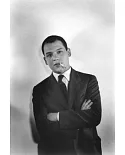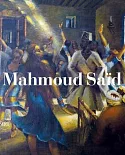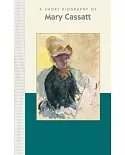When Andy Warhol cast Paul Swan (1883–1972) in three films in the mid-1960s, he knew that the octogenarian had once been internationally hailed as “the most beautiful man in the world” and as
“Nijinsky’s successor.” Arthur Hammerstein had advertised Swan as “a reincarnated Greek God,” and George and Ira Gershwin had celebrated his beauty in their musical Funny Face.
What Warhol didn’t know was that Swan had also been called “America’s Leonardo,” portrait artist of the famous and the infamous, including writer Willa Cather, aviator Charles Lindbergh,
British Prime Minister James Ramsay MacDonald, and dictator Benito Mussolini. This book is the first to tell Swan’s story, from his days as a world-famous dancer and artist, through his film
career—which ran from silent pictures, including De Mille’s Ten Commandments (1923), to Warhol’s Camp, Paul Swan, and Paul Swan I-IV (1965)—to his portrait painting late in life
when Nelson Rockefeller’s children, Malachy McCourt, and Pope Paul VI were among his subjects.
With unprecedented access to Swan’s scrapbooks, letters, diaries, and an unpublished memoir that tells the story of a bisexual man trying to build a public life in perilous times, Janis and
Richard Londraville reconstruct the intriguing life of this uniquely interesting figure, whose story, although widely glossed in the press, was until now never fully known.





















